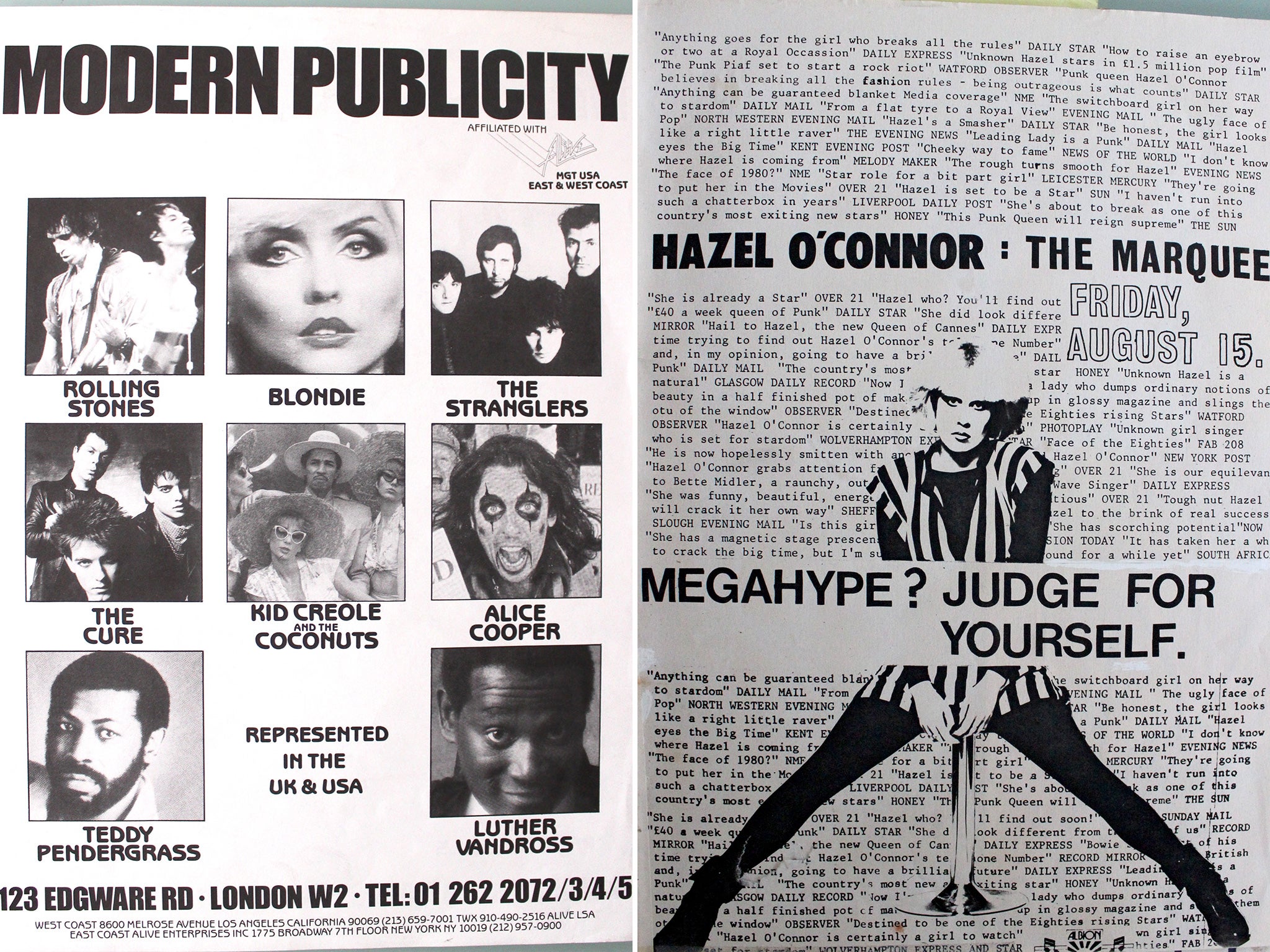Can PR be an art form? A new programme of events at the V&A sets out to say yes
The V&A's curator explains ‘Always Print the Myth: PR and the Modern Age’

The V&A is a museum of art, design and performance, and a lot of people will ask why we are putting on an exhibition about PR. Is PR art? Well, that’s the question we seek to answer. Is it art? Is it social engineering? We do not want to say whether things are good or bad. Rather, our role at the V&A is to give people access to understand things better.
People have a romantic idea of the art world, of artists sitting in garrets, painting away. It’s not like that, of course. It’s an industry, the same as PR. There are dealers and auction houses. At some level, the public relations industry is a filter of modern culture. It’s about trying to get the right messages to the right people as quickly as possible. Nowadays, PR is a very creative process. That’s why it attracts very gifted, imaginative people (and it usually pays well too). But as an art form, PR is evolving very fast, and that rapidity breeds suspicion.
Alan Edwards was a pioneer. He now runs a PR company called the Outside Organisation but he has been doing PR and advertising since the 1970s. A lot of what he did back then was in the curious area between advertising and journalism, and he was very involved in the development of PR as a discipline across sport, media, current affairs, everything.
For Always Print the Myth in the V&A’s Theatre and Performance Galleries, Alan will reflect on the evolving role of PR with personal letters, pictures and diaries from his archive. Guest speakers will guide audiences through the show, explaining how PR has affected modern culture, They range from Lord Bell, the founder of the PR firm Bell Pottinger and communications adviser to Margaret Thatcher, to Bob Geldof, who’ll be speaking about campaigning and Live Aid. There will also be talks from Alastair Campbell, MP Tom Watson and artist Jeremy Deller.
When I was putting together the David Bowie exhibition at the V&A, I spoke to Alan about it on the phone. He said: “You can have anything from my collection but I’m not having anything to do with it.” And that was it. This set of events is very different because it’s very people-orientated. We decided to get some people in to perform because PR is a sort of performance, and many of the people he has worked with are performers, such as The Who, the Rolling Stones and the Spice Girls.
We want to show the big change that has occurred with the rise of social media and the move away from traditional print formats. The sophistication of the material has changed so much. Alan used to type out press releases himself on a typewriter and then go out and post them. Now those messages can be sent in seconds and reach thousands. We are on the cusp of the election and it is probably the first in which social media is going to play a crucial role.
You’ll be able to visit the show on the day of the election and find out how the various parties have used social media in their campaigns. We will look at which campaigns from the various parties have been successful and why. What’s really interesting is how reactive they can all be, thanks to the power of Twitter. Politicians are able to respond instantly to things; advertising hoardings have to be booked months in advance but tweets are instantaneous. Is that good or bad? Who’s to say? The public, ultimately, in a democracy.
Top 10 art institutions
Show all 10In the 1930s, huge roadside hoardings with big banner adverts first appeared. It was like an outdoor art gallery but the scale of it was a problem. People felt it was very invasive, and they feel the same way about PR now. Part of this show is about the literacy of the public. In the days of newspapers, adverts and billboards, everyone could see what was being said. If you disagreed with those Thatcher-era campaign posters by Bell that said “Labour isn’t working”, you could object and say, “This is outrageous”. Nowadays you don’t know what’s being shown to other people. With the introduction of social media, search engines and targeted advertising, we might not all be getting the same message. It’s tweaked and tailored. That’s the challenge – the information is now presented in endless shades of grey.
One of the things that underlies it all, one thing that hasn’t changed, is that PRs respond to a basic human need for stories, and that’s what attracts people to work in the industry. It’s not some sort of mechanistic thing, it’s about working with human beings. That’s true of museums too, I suppose. People think we sit around dusting objects all day but the real buzz I get is from seeing people come in and seeing the world in a different way. So I suppose you could say that curators are just PR people for human history.
‘Always Print the Myth: PR and the Modern Age’ is at the V&A, London SW7, 21 April to 9 May www.vam.ac.uk
Geoffrey Marsh is the V&A’s director of the department of theatre and performance
Subscribe to Independent Premium to bookmark this article
Want to bookmark your favourite articles and stories to read or reference later? Start your Independent Premium subscription today.

Join our commenting forum
Join thought-provoking conversations, follow other Independent readers and see their replies